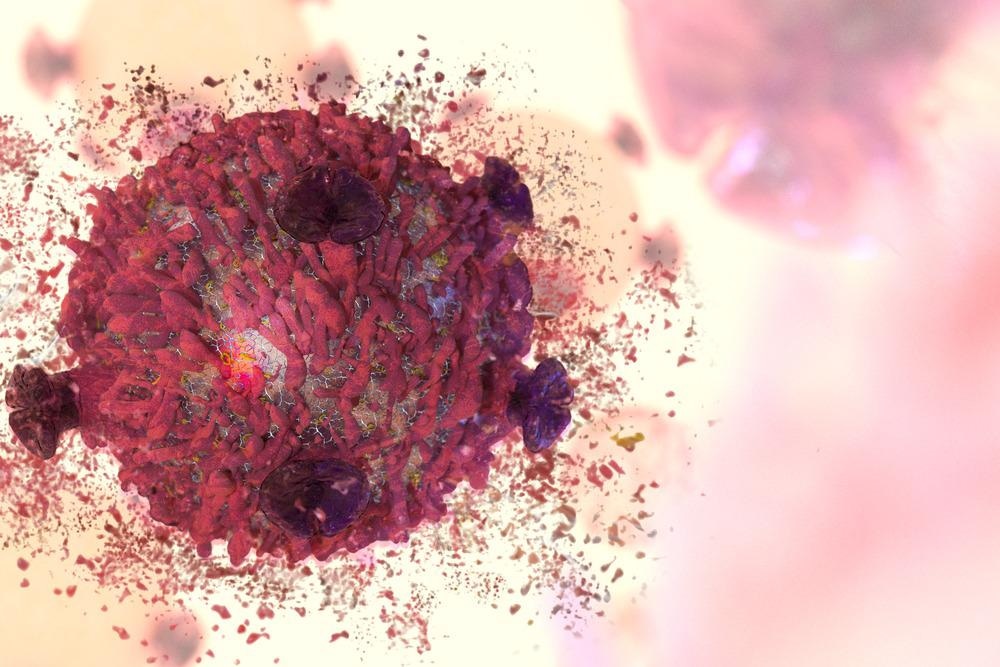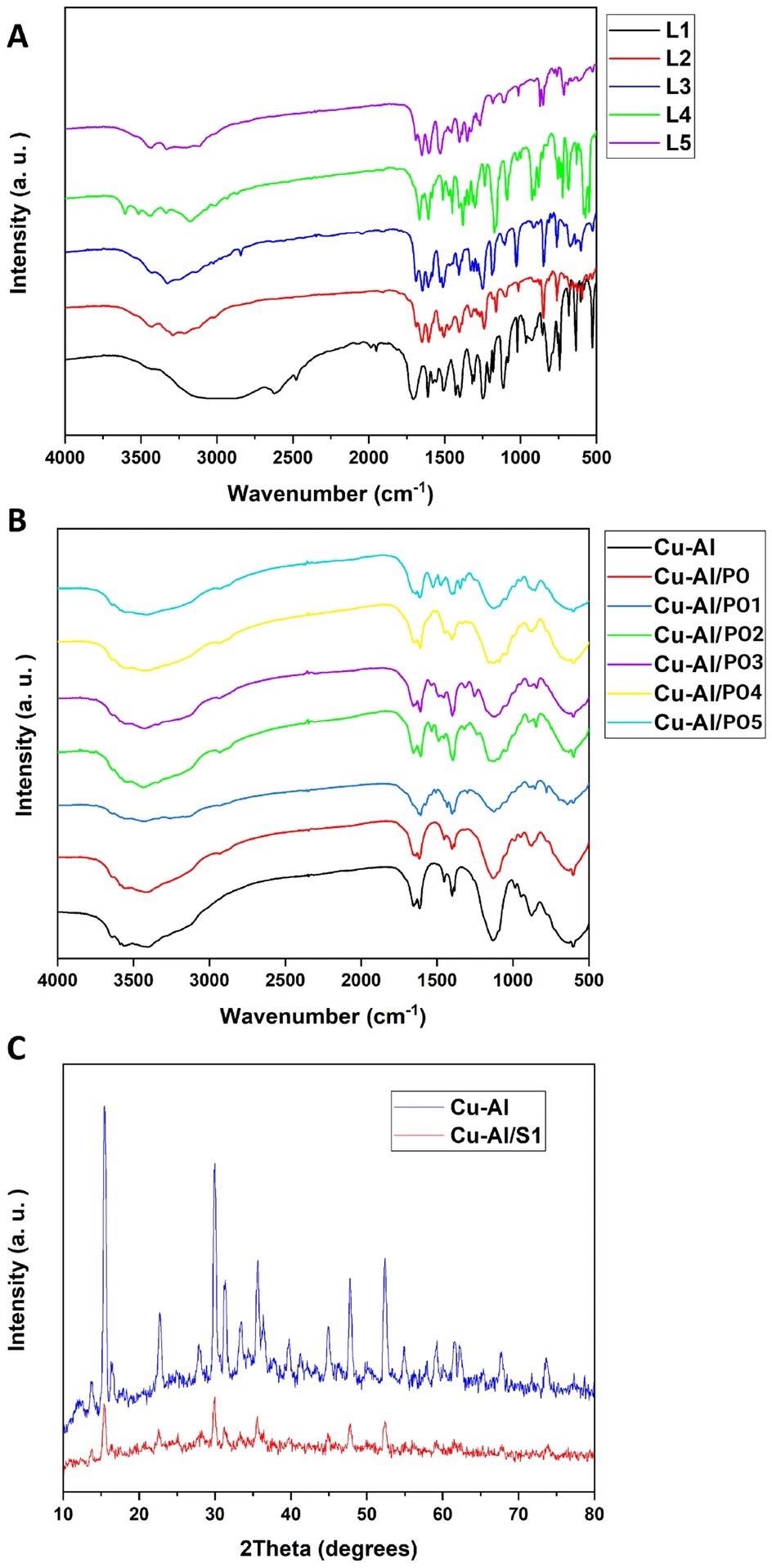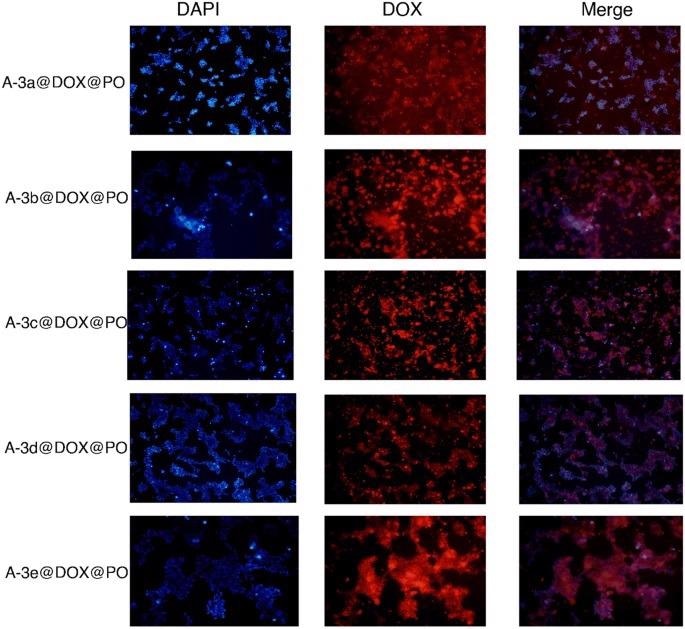Doxorubicin (DOX) is a powerful anti-cancer medication, and efforts have been made to design nanostructures for delivering it to cancerous cells. The nanostructures increase the cytotoxic effects of DOX on cancerous cells, while reducing the negative effects on healthy cells.

Study: Multifunctional green synthesized Cu–Al layered double hydroxide (LDH) nanoparticles: anti-cancer and antibacterial activities. Image Credit: CI Photos/Shutterstock.com
In a research paper published in the journal Scientific Reports, layered double hydroxide (LDH) nanostructures were developed to administer DOX effectively.

Figure 1. FTIR spectra of the synthesized nanomaterials (A,B). XRD results of the synthesized nanomaterials (C). S1 in part (C) stands for one of the PO’s. © Kiani, M., Bagherzadeh, M., Ghadiri, A. M., Makvandi, P., & Rabiee, N. (2022).
Cancer, and How Nanotechnology Can Help
Cancer accounts for the second-largest mortality rate after cardiac illnesses, with susceptibility to tumor development determined by multiple factors like age, family history and carcinogen exposure.
Chemotherapy is the most often used cancer treatment. However, complex encounters in the cancer microenvironment, as well as cancer cells' capacity to proliferate and flip between molecular routes to guarantee their preservation, have led to the tumors developing resistance against treatments.
Doxorubicin (DOX) is widely used in tumor treatment because it may limit DNA replication by decreasing the action of topoisomerase enzymes, suppressing cell cycle progress and ultimately directing tumors towards cellular death.
Resistance against DOX has been caused by a range of factors, including discharge of doxorubicin by P-glycoprotein from tumor cells, Bcl-2 overexpression, apoptotic suppression, and abnormal expression of epigenetic and genetic variables. As a result, research has concentrated on developing nanostructured delivery mechanisms for doxorubicin to increase its cancer-suppressing effectiveness.
Benefits of LDH as Drug Deliver Systems
Nanotechnology offers fresh promise for reducing resistance against treatments and improving the efficacy of chemotherapy drugs in cancer treatment.
Layered double hydroxides (LDHs) are multilayer nanoscale structures and anion clays having a hydrotalcite crystalline structure generated by two metallic ions, comprising a trivalent and a divalent metallic ion, an -OH group, an H2O molecule, and an interlayer anion.
Due to their distinctive multilayer architecture and interlayer anion exchanging capability, LDH nanostructures have paved the way in the biomedicinal domain. One of the most significant uses of LDH nanostructures in the administration of drugs is the incorporation of a specific chemical into LDHs through an interlayer anionic exchange.
LDHs have excellent drug loading capability, a large surface area, great durability, and anion exchanging ability. These properties make them preferable for drug administration, especially when compared to other nanostructures like polymer nanoparticles (NPs).
More significantly, as LDHs have a dissoluble bulk layer at pH 5.0 (around the acidity level of the cancer microenvironment), they are great contenders for drug administration against tumors.
Advantages of Plantago Ovata
Plantago ovata (PO) is a classic botanical remedy with bioactive polysaccharides. It is an organically produced substance with advantages such as sustainable production, low cost, availability, and a good safety profile.
PO was initially employed to treat wounds. Subsequent research revealed that PO extracts possess a variety of medicinal properties, such as antioxidant, anti-inflammation, immunomodulation, and pain-relieving properties.

Figure 2. Drug release at pH 4.5 (A), pH 5.5 (B) and pH 7.2 (C). The modification of nanoparticles with PO promotes drug release capacity and they provided sustained release of DOX. The DOX release was steady after 250 h. Highest release occurred at pH 5.5 and lowest release was observed at pH 4.5. © Kiani, M., Bagherzadeh, M., Ghadiri, A. M., Makvandi, P., & Rabiee, N. (2022).
Important Findings of the Study
PO was utilized to modify the surfaces of Cu–Al LDH nanoscale structures to boost their capability as nanoscale drug administration systems. Doxorubicin, an anti-cancer medication, was stacked onto NPs once they were prepared, and characterization procedures showed proper fabrication and drug content.
The drug discharge analysis indicated pH-sensitive discharge of doxorubicin from LDH NPs, with the largest discharge of anti-cancer medications occurring at pH 5.5 and the least amount of medication discharge occurring at pH 4.5, perhaps owing to the detrimental effect of lower and strongly acidic pH on NP architectures.
The MTT experiment exhibited great cytocompatibility of PO-incorporated Cu–Al LDH nanostructures, demonstrating partial and low cytotoxicity against HEK-293 and PC12 cells, while decreasing the viability of MCF-7 and HT-29 cells as cancerous cells.
Notably, the decrease in viability of HT-29 and MCF-7 cells was smaller in PO-incorporated LDH NPs than LDH nanoscale carriers without PO, which should be investigated further in future studies. The CLSM data demonstrated that LDH NPs delivered doxorubicin to the nucleus and cytoplasm of HEK-293 and MCF-7 cells.
Histological examination of renal tissue revealed no cellular deterioration, adequate cellular and tubular architecture, and zero bloodstream obstructions. This indicates the great cytocompatibility of PO-incorporated LDH nanostructures.
Antimicrobial testing revealed that Cu–Al LDH nanoparticles exhibited biotoxicity against Gram-negative and Gram-positive bacteria, and they may be used in treating microbial illnesses in future trials.

Figure 3. The CLSM images of the drug loaded nanocarriers-coated with leaf extracts treated with HEK-293 cell lines. The used concentration of the nanoparticles: 17.5 μg/mL. © Kiani, M., Bagherzadeh, M., Ghadiri, A. M., Makvandi, P., & Rabiee, N. (2022).
Reference
Kiani, M., Bagherzadeh, M., Ghadiri, A. M., Makvandi, P., & Rabiee, N. (2022). Multifunctional green synthesized Cu–Al layered double hydroxide (LDH) nanoparticles: anti-cancer and antibacterial activities. Scientific Reports, 12. Available at: https://doi.org/10.1038/s41598-022-13431-7
Disclaimer: The views expressed here are those of the author expressed in their private capacity and do not necessarily represent the views of AZoM.com Limited T/A AZoNetwork the owner and operator of this website. This disclaimer forms part of the Terms and conditions of use of this website.